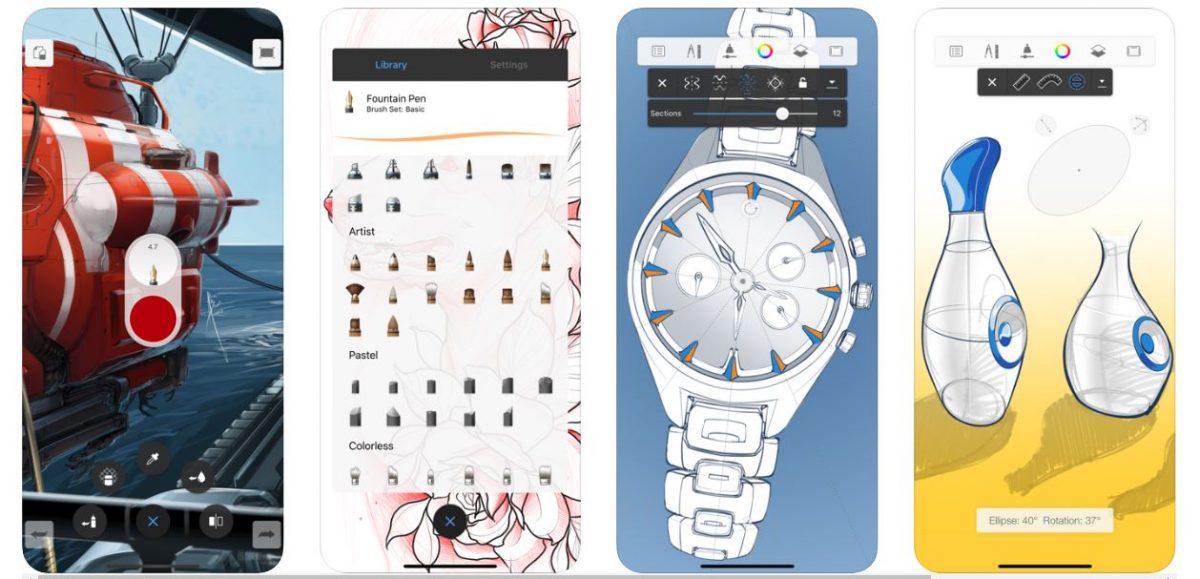

Imagine sending someone a sketch that comes to life to better illustrate your concept. Have you ever used SketchBook to sketch a concept, annotated it, adding other sketches to try to get an idea across? Next time, create a FlipBook. The all-new SketchBook - FlipBook - Part 2 Different uses for animation The all-new SketchBook - Flipbook - Part 1

You can check out some of our FlipBook tutorials by following the YouTube links below: Animation in SketchBook Pro Desktopĭo you love FlipBook animation and want to create fun images that come to life? If so, try FlipBook! It is available to anyone running a desktop version of SketchBook. With SketchBook Motion, you can turn an image into a moving story, add meaning to a presentation, build simple animated prototypes, design dynamic logos and ecards, create fun and engaging classroom projects, and enhance instructional content. SketchBook Pro Desktop has FlipBook animation tools, such as keyframes and a timeline, to bring your images to life.

However, before we get into the differences, one thing to keep in mind is that any image created in SketchBook can be imported into either one of these animation packages, as a flattened image. SketchBook Pro Desktop and SketchBook Motion are the only versions of SketchBook with animation tools.


 0 kommentar(er)
0 kommentar(er)
